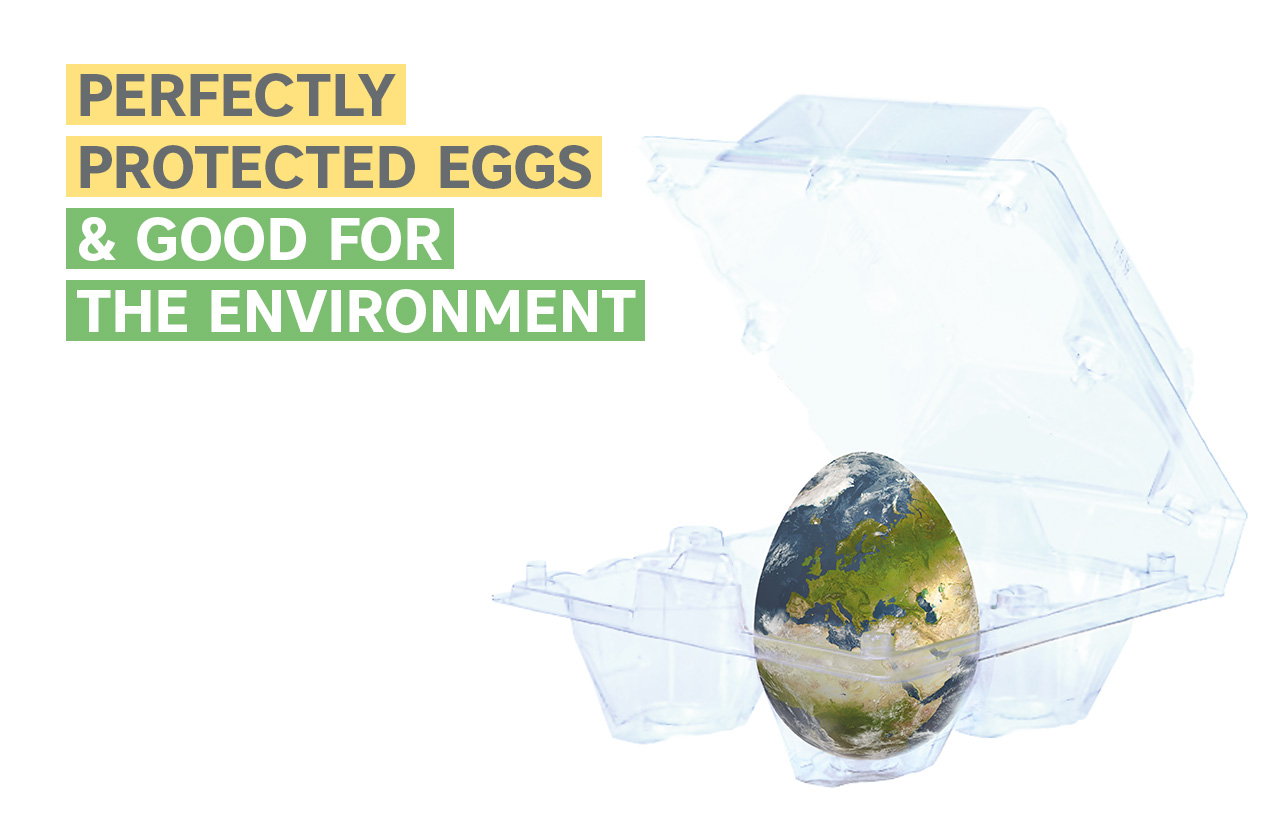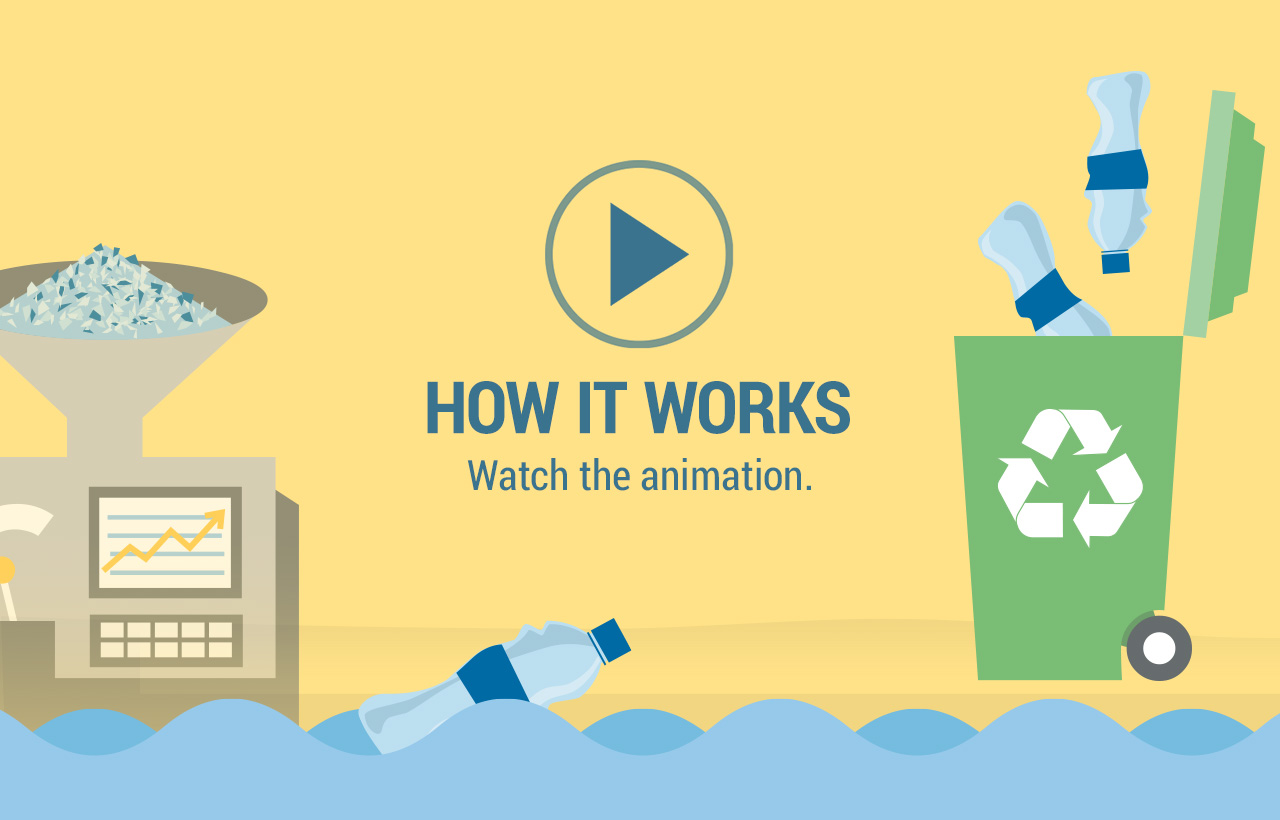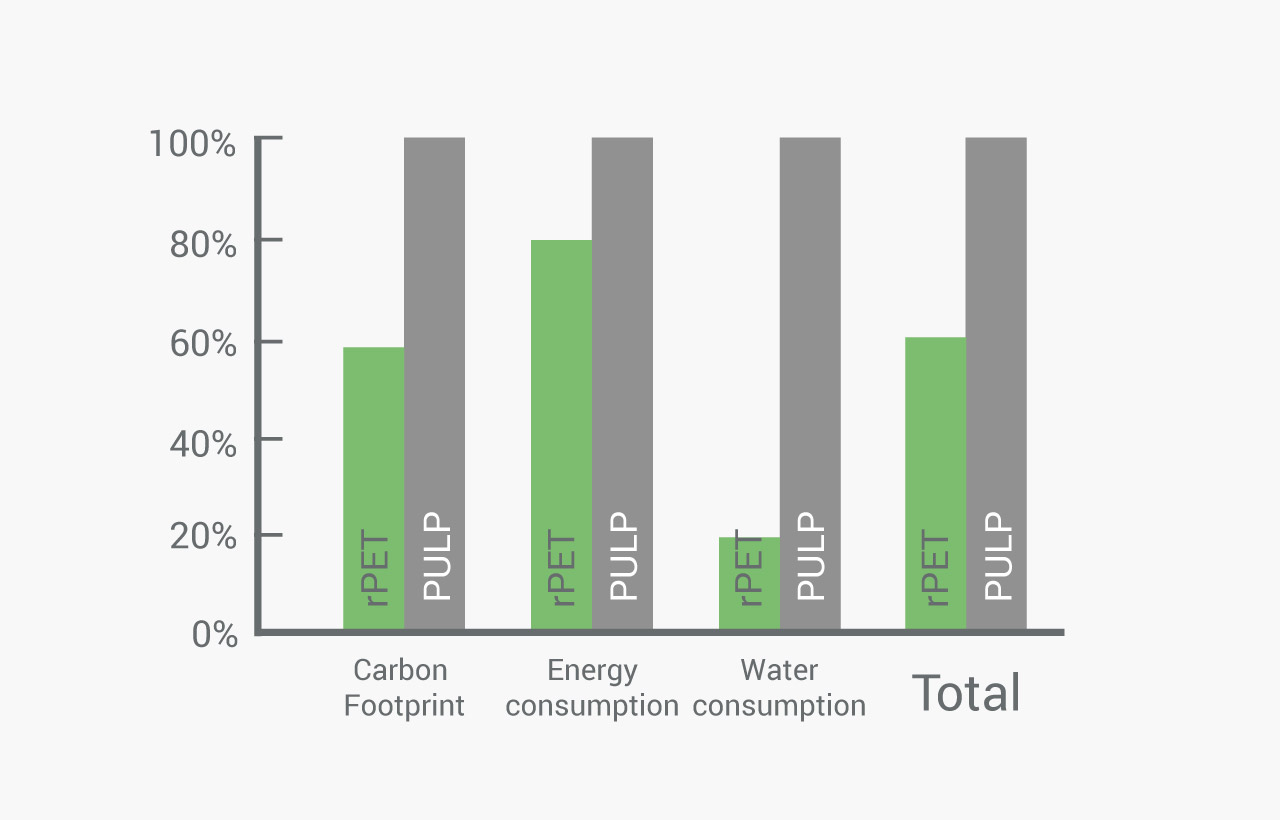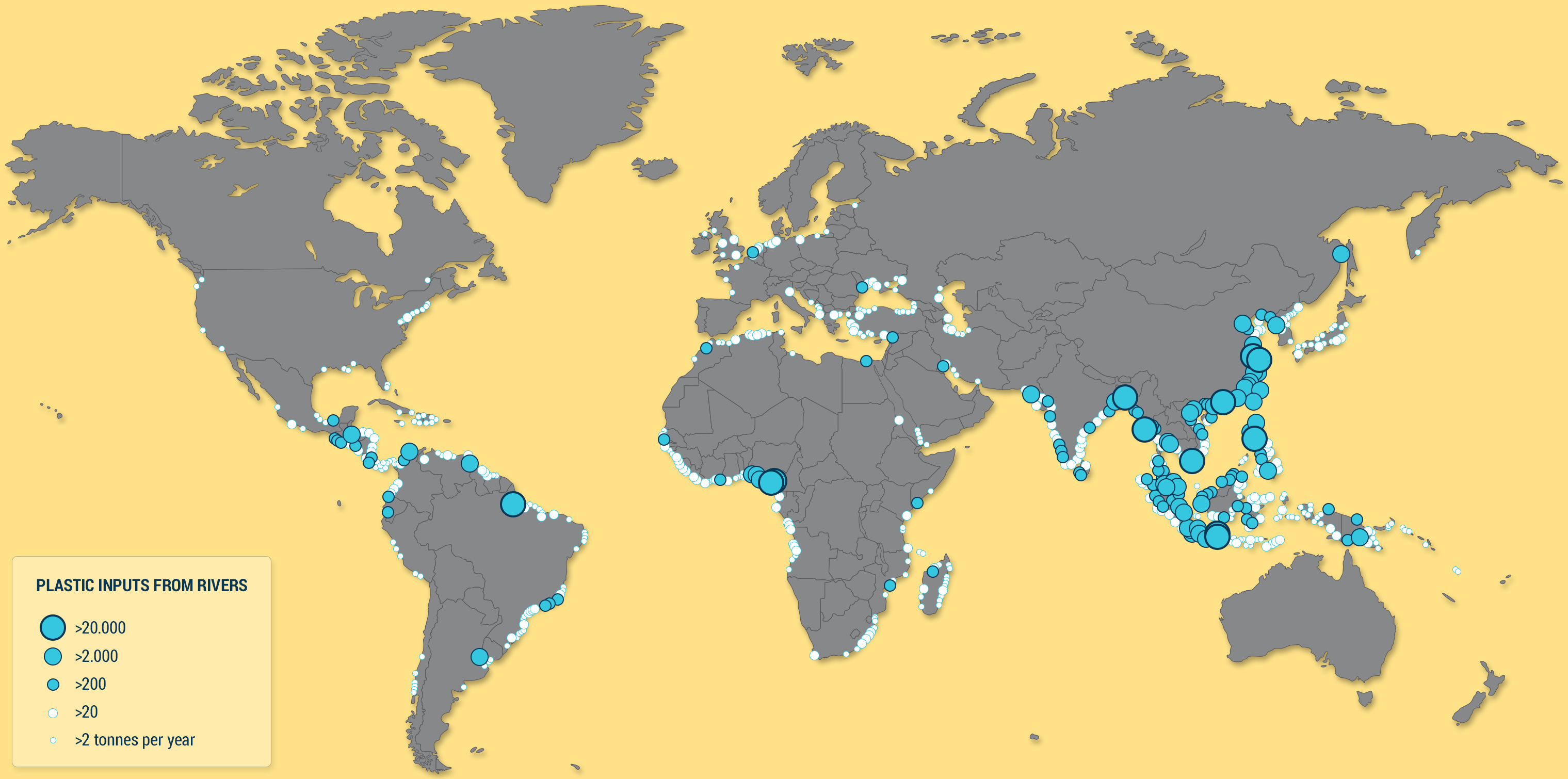We give your waste a second chance!
This many soft drink bottles have been recycled into environmentally friendly egg packs since 1st january 2025
PLASTIC VS. PULP (1):
CLOSED-LOOP RECYCLING
Egg packs from PET/rPET are fully recyclable. Egg packs can be made from used egg packs after the collection and recycling process again and again.
Mixed paper and cardboard from household packaging collection is usually processed into cardboard not into pulp egg packs. Cardboard made from 100 % recycled material is approx. 30-50 % thicker than equivalent products made from 100 % primary material. This means that the amount of substituted primary fibre is considerably lower than in the PET closed-loop recycling systems.
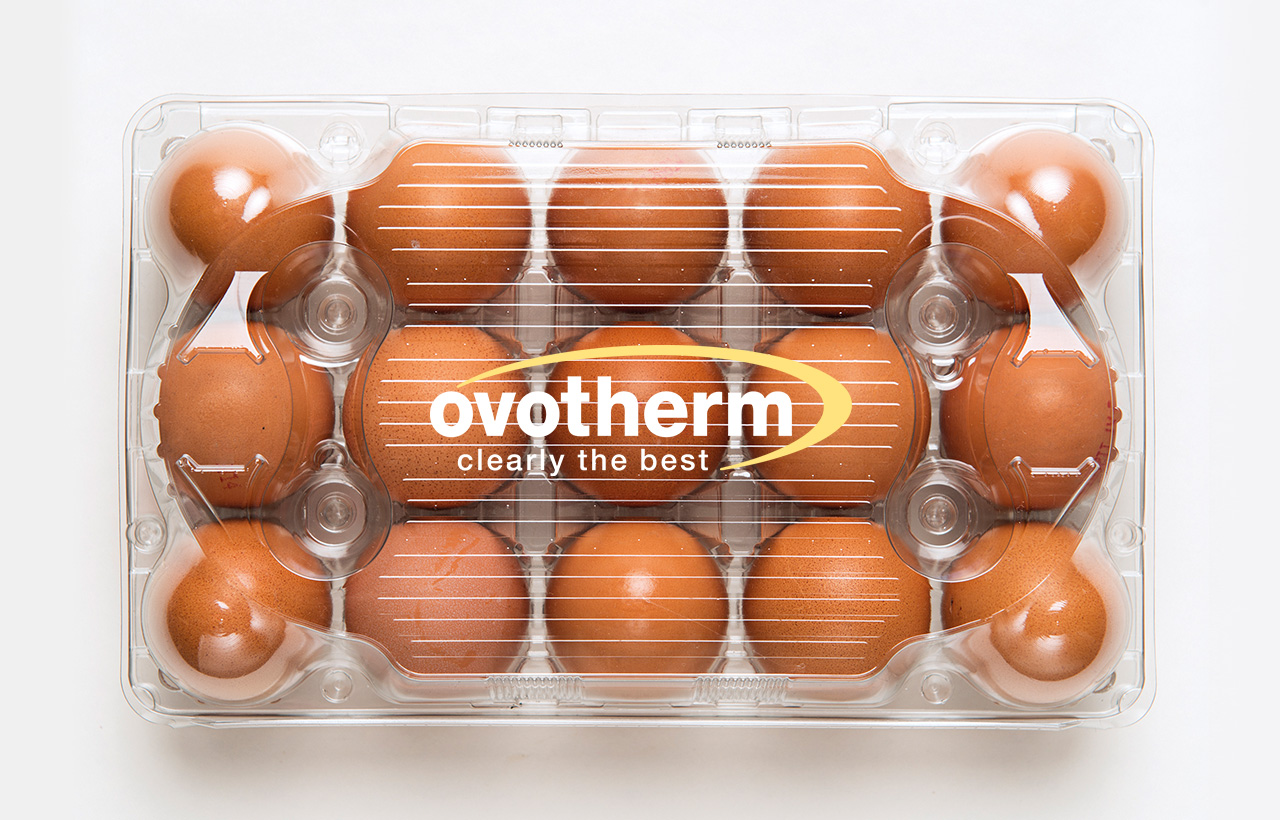
PLASTIC VS. PULP (2):
CARBON FOOTPRINT
A detailed peer reviewed LCA (Life cycle assessment) study confirms that egg packs made of 100 % recycled PET (rPET) show the lowest carbon footprint and highest resource efficiency of all relevant egg packs currently used on the market. This is possible because rPET egg packs combine two important aspects: 100 % recycled raw material AND low energy demand in processing (no water evaporation needed like for pulp egg packs).
Despite all efforts to increase the share of recycling, it can happen that egg packs are collected in the normal residual waste. In countries or areas with incineration plants PET egg packs and other plastic material are a valuable energy resource. The energy in the product can be recovered, which reduces oil and gas consumption – the same fossil resources, which are saved when plastic packaging is recycled.
In countries with landfills, egg packs might be disposed of in such systems. We know that plastic material will not be degraded for a long time, but pulp egg packs generate methane emissions – with a 28 times higher global warming intensity than CO2. When we talking about biodegradable products in general, biodegradability is not a beneficial aspect of packaging as it never causes relevant benefits in a well-organised waste management system. (Source: denkstatt / LCA Project)
PLASTIC VS. PULP (3):
ENVIRONMENTAL IMPACT (EU + U.S.)
These are the environmental impacts of egg packaging options
for AVERAGE EU CONDITIONS (see grafic shown):
- The rPET footprint (aggregated result) is 40 % lower than pulp footprint.
- If 100 million eggs are packed in rPET instead of Pulp, then the CO2 emission can be reduced by 410 tons – this is equivalent to 2.6 million kilometers driven by cars.
for AVERAGE U.S. CONDITIONS:
- The rPET footprint (aggregated result) is 39 % lower than pulp footprint.
- If 100 million eggs are packed in rPET instead of Pulp, then the CO2 emission can be reduced by 620 tons – this is equivalent to 3.9 million kilometers driven by cars.
Aggregated environmental impacts in both cases are calculated with Swiss Ecoscarity Method.
MARITIME PLASTICS
In recent years, the image of plastic packaging in particular has deteriorated due to the problems caused by marine litter. From a global perspective, there is a great need for action in certain regions. Two thirds of the plastic waste discharged into the sea comes from only 20 rivers, mainly located in Asia.
However, the situation in Austria, Germany and Switzerland differs significantly from countries where waste collection/recycling is only just at the beginning. In these European countries, more than 99 % of all packaging waste is collected and sent for mechanical recycling of energy recovery.
Click image for a larger view!
LESS FOOD WASTE DUE TO rPET
The environmental foodprint of the eggs packed is many many times higher than the footprint of the packaging. 40-50 times of resources are needed to produce ten eggs compared to the production of their packaging. If only two out of 100 eggs brake on their way to the consumer, the environmental impact is already as high as the impact of total packaging for 100 eggs.
Plastic is a powerful material to protect food – lightweight but strong:
- Clear egg packs allow consumers to see if there are any broken eggs – without opening the pack.
- Ovotherm egg packs have been steadily improved over the last 50 years in order to enable an optimal protection of eggs.
- Ovotherm egg packs contribute in minimizing food waste, which is a major issue in the discussion about environmental impact of our daily life.
